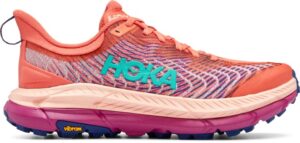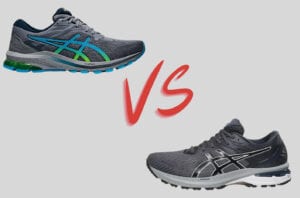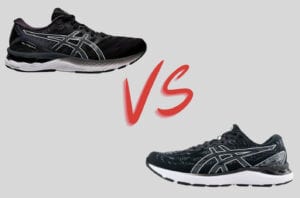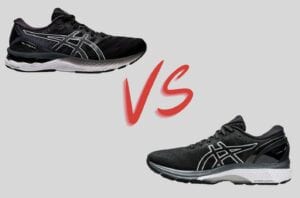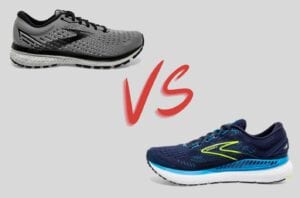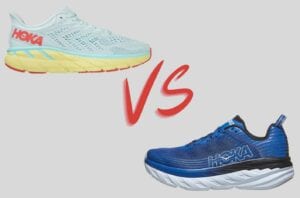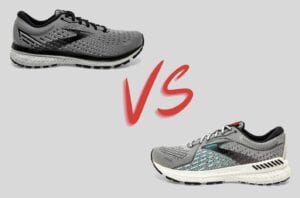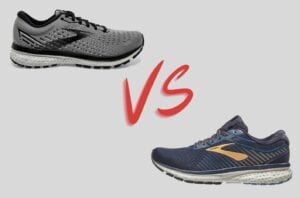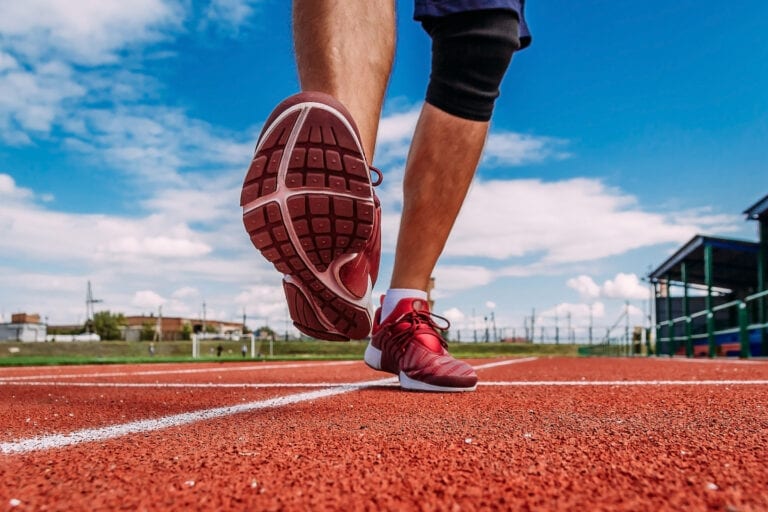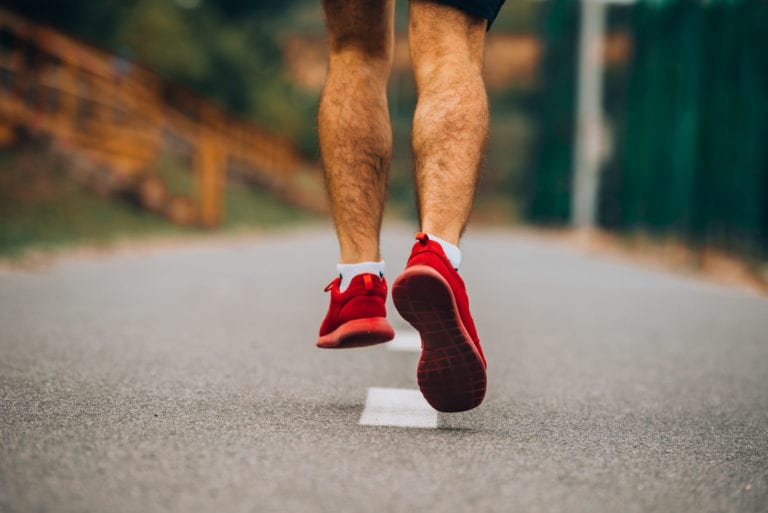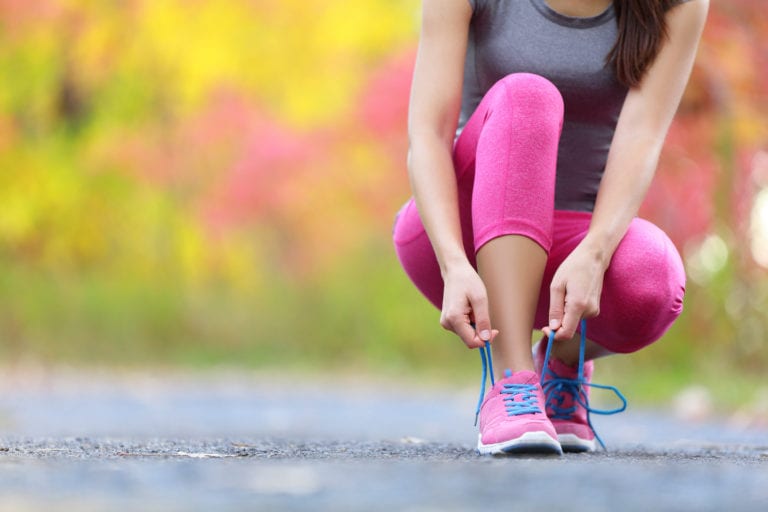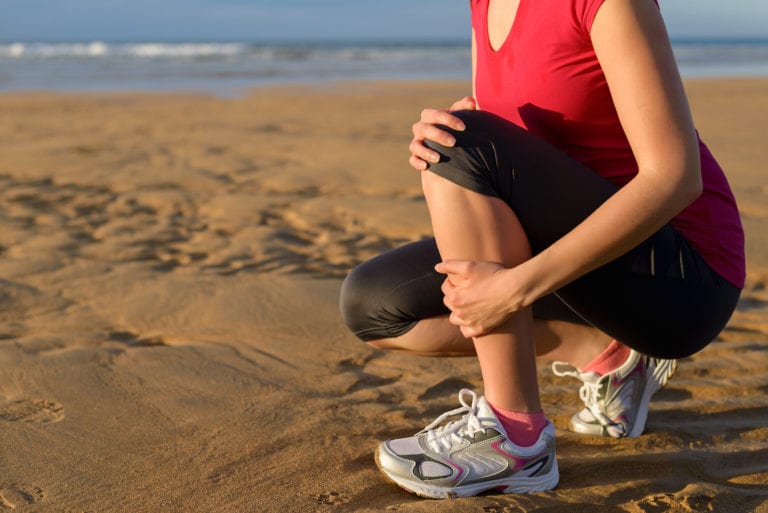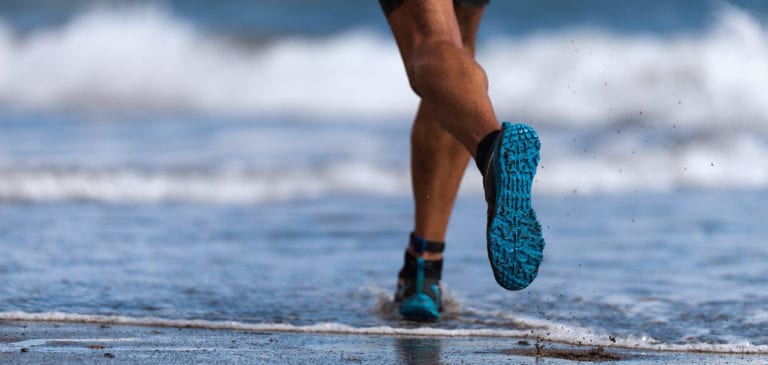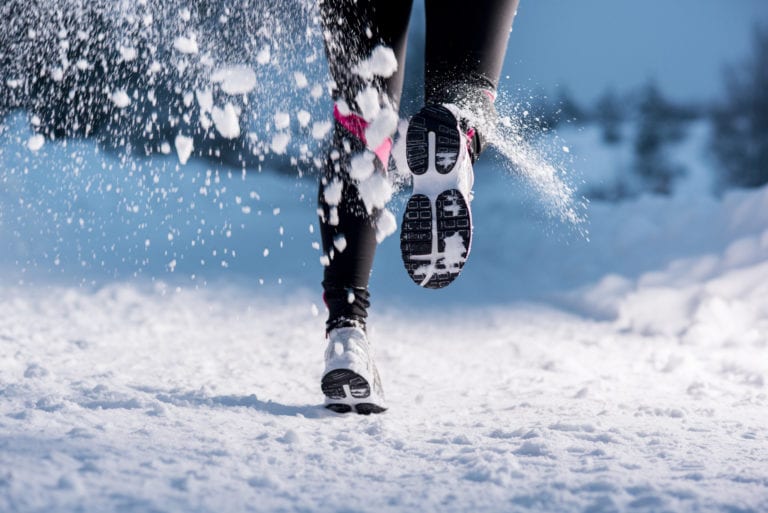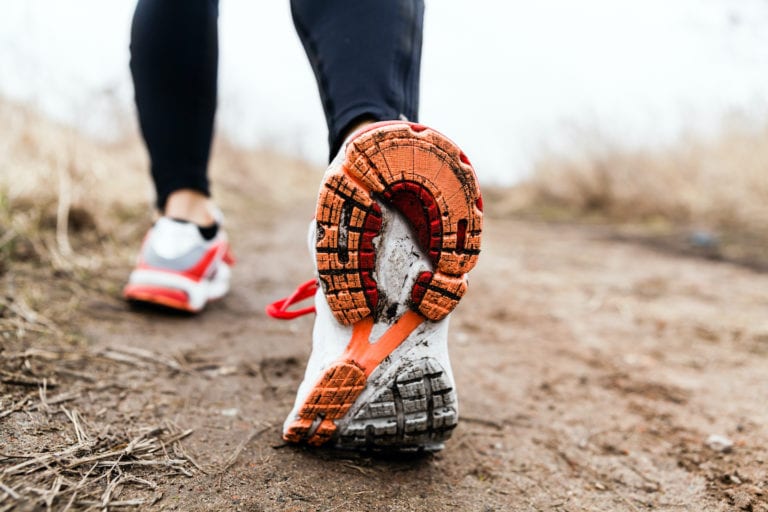Do you love to go on trail runs? Have you recently invested in trail running shoes and feel that you have to replace them again? What are the signs to look for to know it’s time to buy a new pair? Before learning when to invest in a new pair of shoes, let’s first understand their purpose and when to replace Trail running shoes.
Trail running shoes are used for running on surfaces other than roads. If you plan to run through forests, over bridges, sandy beaches, or on grass, you must use trail running shoes to ace your run. You can also run on the roads with them.
Let’s have a look and understand the various types of trail running shoes available in the market.
Types of trail running shoes
Modified road shoes
These are road shoes modified for use on trails. The modification involves replacing the outsole with more gripper material, and the upper made water-resistant. The modified road shoes are durable and cushy, making them ideal for long runs off the smooth road or mixed runs.
Specific trail shoes
Trail shoes designed purely for off-the-road running have a lower profile and are very sturdy. The outsole can withstand rigorous trail as well as other surface running. They come with peculiar features like ripstop uppers and outsoles that don’t get clogged. The only drawback of this otherwise exceptional trail shoe is that they are not as cushioned as you’d like them.
Lightweight ‘fell’ shoes
If you plan to run through mud and mess, then fell shoes are what you must go for. They are your best companion when running in mud or through an obstacle trail because they have a good grip on a steep muddy trail. Fell shoes have thin midsoles, an aggressive outsole, and a short upper that suits softer, sandier surfaces. There is less amount of cushioning, though.
Do you need to invest in trail shoes?
If you do not use roads alone to run or spend even 15 percent of your running time off the road, you must consider getting yourself trail shoes. Most running shoes will present difficulty in gripping the ground when you take them off the road.
Road running shoes are not designed for use on anything except smooth paved roads. This is because their outsole is only for firm surfaces. They are likely not to grip wet and loose soil on other terrains. You rather not get them wet also.
In a lot of respects, trail shoes are not equal to running shoes. A trail shoe is in a different league altogether. Running on a trail with your road running shoes will wear out your outsole at least four times quicker, making you prone to injuries that will result from compromised support and lesser cushioning. You will also run the risk of slipping and falling as a road running shoe cannot give you the trail shoe grip. The impact or the power of footfall is relational to the runner’s weight. Thus, a 220-pound person yields 50 percent extra force with every running stride compared to someone who weighs 170 pounds.
That is why experts from across the world recommend that you only use a trail shoe if you have to spend even a quarter of your run time off the roads.
Once you get the hang of these trail shoes, you must take good care of the shoes. Proper maintenance of trail shoes ensures the long life of the shoes and helps the runner achieve satisfaction from a good run. But these shoes are to be replaced timely; why is it important to replace your running shoes? Let’s have a look.
Why do you need to replace your running shoes regularly?
A lot of runners get confused when they must change their running shoes. The fact is that after a certain amount of usage, the shoe’s integrity begins diminishing. The longer you run in them, the more compromised the structure becomes, and its components are prone to weathering and normal wear and tear. You may keep using your bicycle with lesser air and irregular maintenance to explain this with an analogy—still, each time you hit the road, the probability of skidding and falling increases.
How long should your trail run shoe last?
This may sound like a very subjective question because shoes can last a long time. The duration keeps varying, depending on the time and who is using them. However, there needs to be a guide for correct estimation. Medical journals like the British Journal of Sports Medicine and the Scandinavian Journal of Medicine and Science in Sports say even the best quality of trail shoes will last roughly between 350 and 550 miles. That is about 5 – 6 months for a runner who uses them for about 25 miles every week.
If you are running anything above the above average, it is obvious that the wear and tear will be more, and you may have to replace them more than others.
‘I’ve already logged 400+ miles in my trail running shoes; is it time for me to buy another pair?’
Well, a good look at your trail shoes will give you a fair idea of what you must do. If the shoe is already showing signs of strain and wearing out, you may have to let it go. But if you think you may be able to pull in a little more time, then it might be great if you pay attention when the time to switch comes.
We have gone ahead and done so because we have listed all the major signs that you need to look out for that can affect your shoe’s life and then decide if you want to keep them or bid them adieu.
Signs Your Running Shoes Need To Be Replaced
Uneven Wear
Uneven wearing of your running shoes means that you are not wearing the correct shoe size. Studies have shown that 80% of runners wear shoes that are at least half a size too short for them. For instance, if the sidewalls of your running shoes are wearing out faster than the sole, you may want to buy a half bigger size than what you are currently running in. Wider and flat feet can wear out the sides of the shoes much quicker than the other parts. Go for shoes with laces or those with reinforced upper. 80% or more runners have wear and tear only in the heel because they are heel-strikers. The shoe must then offer a lot of impact protection in the heel.
Worn Out Treads
This is the most obvious sign that you are going to need to replace your trails. If your shoe’s tread has smoothened and the sole shape itself has changed over time, you better not delay getting newer ones soon. Checking out the treads to determine wear and tear is not a difficult proposition; it is quite obvious to the eyes. Worn-out tread means that your foot safety is becoming compromised. Continuing to run in shoes with worn-out treads is like a disaster that is waiting to happen.
Poor Shock Absorption
This is the least obvious sign because it is something you cannot see to determine. The (upper) of the shoe may look great, and the tread and its grip as good as when you bought it, but what may get compromised is its shock-absorbing capacity.
The best way to tell if your trail running shoes have poor shock absorption is when the spring in the sole becomes lesser day after day. Most of the time, it manifests in the sole becoming very hard and losing its cushioned feel. If you are running on a wet trail often, your shoes will likely wear out their shock-absorbing properties earlier than the others. Spring in the sole is essential to help cushion falls and to protect the knees. The quickest way to test the sole’s springiness is to squeeze the sole with your hands; if you find it rock solid go for that new shoe model.
Painful Runs
Finally, if you experience pain when running in shoes, you must swap them with new ones as early as possible. A run should leave you feeling refreshed and not writhing in pain. If you find that you have pain points and soreness in parts of your body like the feet, shin, and back, you better not delay replacing them anymore.
Using your instinct and listening to your body’s signals will help you gain more from your runs and prevent injuries. Trail running shoes are expensive, and that is why most of us refer to them as investments. Fitness is an investment in yourself, so you must buy running shoes that promote health and prevent debilitating injuries.
Ways to extend the life of your running shoes
Only wear them while Running
Use running shoes for running only. Do not multitask wearing them to your grocers or for accomplishing any other chores.
Rotate Your Shoes
Rotating your shoes lets the shoes recover from all their action-packed routine. Experts say alternating between two or more running shoes helps change your running style, making it effective with time.
Keep Clean and Air Dry
When your shoes get wet inside and out, dry them as soon as you can. Delaying it can mean that the moisture will seep into the shoe and weaken the glue and the other material used. Clean the grime from them after each run with a dedicated soft bristle brush to keep them lasting longer.
Other Tips
Other tips include undoing the laces before sliding your feet in them. Crumpling your shoes without doing your laces will damage the structure, especially the heels.
Seat yourself when you are putting them on to remain strong and intact when you tie the laces.
Do not wear ankle socks as they can wear away the insoles quickly. Buy good quality lengthy socks that match the quality of your shoes.
What is Overpronation?
Overpronation is when the arch of the foot collapses and turns downward or inward. Known as flat feet in common parlance, an overpronator has no clear space between their foot and the floor where the arch should be. They are very prone to foot injury because of the way they strike their feet on the ground.
Overpronation results from the weight getting transferred from the heel to the ball of the foot when walking or running. Such people can develop injuries even if they are standing too long. Overpronation disrupts the alignment of their body, creating an increased impact when their foot strikes the ground. Some overuse injuries include shin splints, bunions, pain eliminating from the heel, plantar fasciitis, inflammation on the knee, and lower back pain as also Achilles heel.
Overpronation can occur from birth in some. Usually, it develops over time due to pregnancy, overweight, and obesity, doing any activity that involves striking the feet hard on the ground for a long time. If a runner has an overpronation, the wear is always on their running shoe’s inner part. If you experience excessive pain, they must see a specialist who will recommend treatment.
How often should you change your running shoes?
How often you must change your worn out shoes depends on:
- The mileage that you clock
- The running style
- Frequency of run
- Your body weight
- Size of the toe box
- Shoe drop
- The shoe’s design itself
- Your foot type
Running every day with your shoes will wear your shoes more than using them for some casual walk or fun. An overpronator who runs with them daily will wear them out faster than someone with regular arches. Similarly, a 200 pound heavier runner who is also a heel-striker who runs on trails only will wear out his shoes much earlier than a 100-pound biomechanical efficient trail runner.
How many miles before you change running shoes?
Consider changing your shoes after every 300 – 500 miles. This is a general advisory; if your running shoes are good, and you can run in them without experiencing any pain, you may be able to wear them for a little longer. But if you are an aggressive sprinter or a trailblazer who does an amazing 110 miles a week like Parker Stinson, you will most likely need replacement in less than a month.
Conclusion
Don’t be shy to ask. You can ask expert runners or your local shoe store how to know when to replace your trail running shoes and how long they should last in their estimation. It is good to bring your shoes when you are replacing them, so it is easy for them to know where the wear and tear are and make sure that your new pair of shoes is the right fit.

